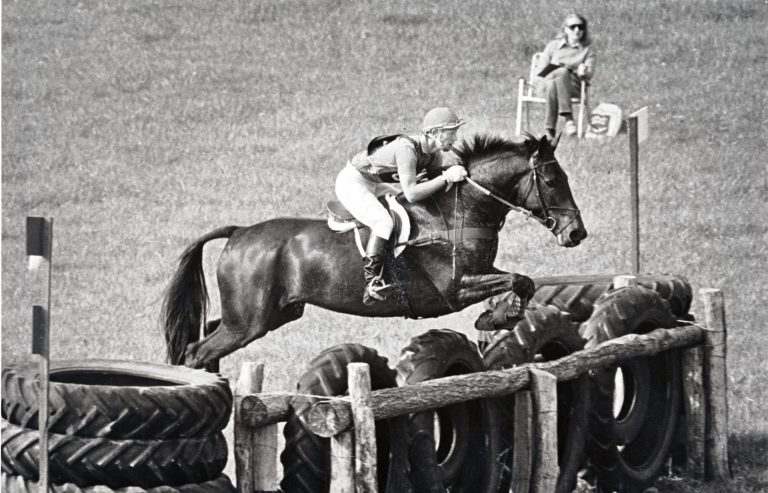Pick a site for your tank by a post on an east-west fence line (so the long side of the tank will face south and no less than 16 feet–two fence posts–away from the gate). That’s far enough that horses milling around the gate won’t splash mud into the water or run into the tank, but close enough to let you inspect it easily.

Run a wire from your barn to the post, with a grounded outlet on the outside of the post for plugging in an immersible tank heater. (Heater manufacturers don’t recommend extension cords.) To prepare the site, dump and level three or four wheelbarrows of gravel or screenings on he ground where the tank will rest.

Photo 1. Build a wooden frame of two-by-fours, sized to fit around your metal water tank (Photo 2 shows my 100-gallon stock tank) and leave a few inches all the way around for insulation. Sheathe the frame on both short sides and one long side with half-inch plywood; on the other long side (the one that will face south), bolt one sheet of Plexiglas to the inside of the frame and another to the outside. Cut a 4′ by 8′ of 1″ to 2″, dense and rigid Styrofoam to go under the tank and insulate it from the frosty ground.
Photo 2. Position the Styrofoam and frame, set the tank in, and stuff fiberglass insulation between the tank and the three wooden sides.
Photo 3. For the lid, cut another plywood sheet the same width and two-thirds the length of the frame. Staple more insulation to
the lid’s underside; put heavy garden plastic over the insulation, stapling it to the plywood as well, to keep it dry and prevent nibbling. Put the lid on and measure the amount of space between it and the top of the tank; then cut more Styrofoam to fill that space-as you see here, I’ve duct-taped several layers of Styrofoam together. Cut and nail more plywood in a “U” shape to keep horses from reaching the insulation around the tank not covered by the lid. Drill la small hole near one corner of the lid for your heater cord, and water-seal all the wood with preservative.

Photo 4. I plug my heater in when the nights go below freezing,
keeping the water level high (I fill the tank twice a week) to prevent damage–and check at least twice a day that the heater’s still working and my horses have water at a comfortable drinking temperature. If I’m bringing them in at night I put another piece of plywood over the tank opening to keep the heat in.
You can make a mini version of this setup for a stall or a run-in shed by building and insulating a frame to fit around a 5-gallon plastic bucket or a
mini muck tub where you’ll put warmed water twice a day–you don’t want the fire hazard of a plugged in heater indoors. Make a plywood lid with a circular hole in the middle for access, and hinge the top so you can lift it to dump the bucket.

The downside to my insulated frame is that to scrub the tank, I have to remove the top, pull out the insulation and lift away the frame before I can empty the water. In between, every two or three weeks, I siphon out the water, sponge the sides clean, and fill with fresh water. When I put the tank away in late spring I dry the lid upside down in the sun for several days so the insulation doesn’t mildew.
–Photos by Kym Ketcham
Excerpted from “Cold Comfort” which first appeared in the January 1999 issue of Practical Horseman magazine.










